
There is asset allocation (what asset classes to buy and how much) and then there is asset location (where to put those asset classes). In general, there are three overall types: pre-tax accounts (Regular 401ks, 403bs, Traditional IRAs), post-tax accounts (Roth IRA, Roth 401k), and taxable brokerage accounts.
Here are two Vanguard research papers and associated articles which dig into the details. (I always download these PDFs because sometimes Vanguard takes them down after a while.) I won’t rehash the entire topic here, I’m just going to drop some links with the major highlights.
- Asset location can lead to lower taxes. Here’s how to get more value.
- Revisiting the conventional wisdom regarding asset location (PDF, October 2022)
- Asset location for equity (PDF, October 2023)

Major takeaways:
- The first paper found that even super-simple asset location principles such as placing taxable bonds in pre-tax-deferred and stocks in taxable/Roth account can still boost returns between 0.05% and 0.30% a year.
- The second paper concludes that “additional return that can be attained from asset location according to three equity subclass characteristics: region (ex-U.S., U.S.), dividend yield (growth, high dividend yield) and management style (passive, active).”
- Specifically, the second paper advises that “for most investors, ex-U.S., growth, and passive equity are best placed first in a taxable account, while U.S., high-dividend-yield, and active equity are best placed first in a tax-advantaged account.”
Here is an example chart and quote that summarizes their analysis as to why international (ex-US) stocks should have a slight preference in a taxable account.
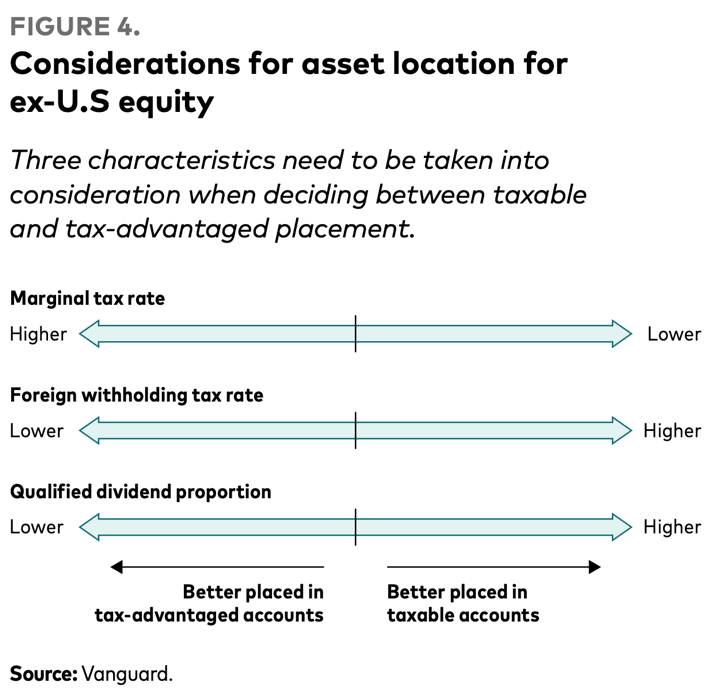
We find that investors can potentially add up to 10 bps of additional after-tax return to their portfolio by thoughtful asset location of ex-U.S. equities. For most investors, preferentially placing ex-U.S. equity in a taxable account is the asset location strategy that maximizes after-tax return. The higher end of the added value is associated with portfolios that have both high levels of qualified dividend income and high foreign withholding rates. Only investors in the top tax bracket, who hold relatively tax-inefficient ex-U.S. equities, may find it beneficial to shield their ex-U.S. equity in a tax-advantaged account.
These conclusions still align very well my this rough “rule of thumb” graphic that I created way back in 2007 (been doing this for too long! 😱):



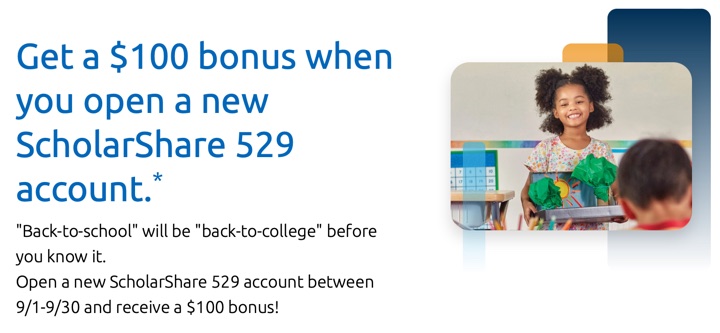
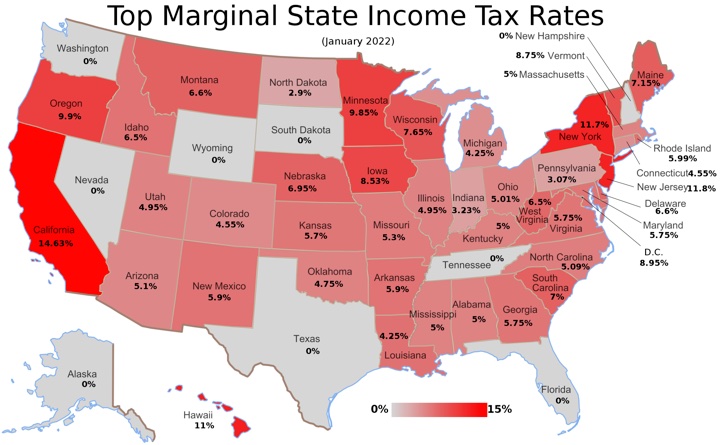
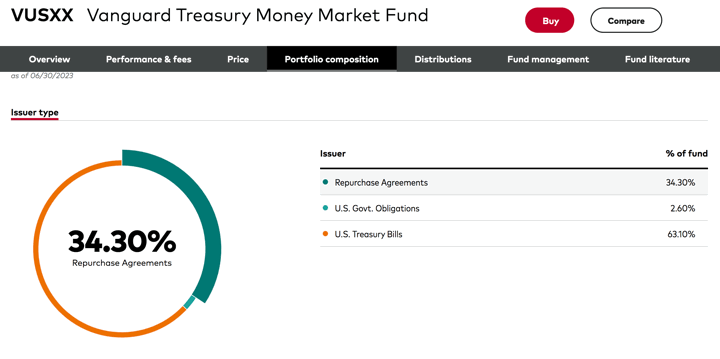
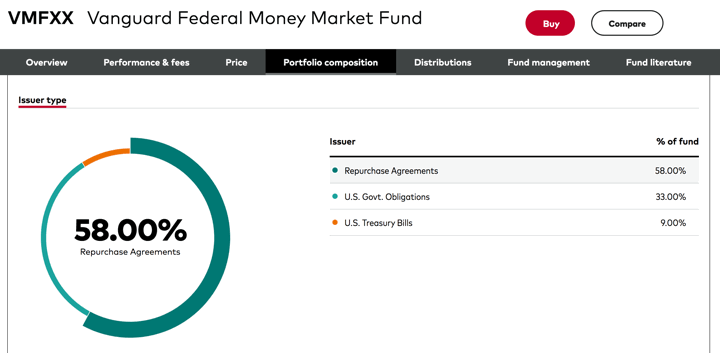
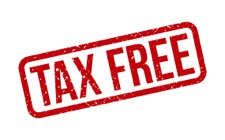 In 2022, 21 states issued special relief payments to eligible residents in 2022. The Tax Foundation has a partial list of
In 2022, 21 states issued special relief payments to eligible residents in 2022. The Tax Foundation has a partial list of  Updated for 2022. This year, the deadline for federal tax filing is Monday, April 18th, 2022. If you file for an extension before midnight on that date passes, you can extend the time allowed to file your return by six months to October 17, 2022. It does not extend the time to pay any tax due. There are many legitimate reasons to ask for such an extension, and the extension is granted automatically without needing to provide a specific reason.
Updated for 2022. This year, the deadline for federal tax filing is Monday, April 18th, 2022. If you file for an extension before midnight on that date passes, you can extend the time allowed to file your return by six months to October 17, 2022. It does not extend the time to pay any tax due. There are many legitimate reasons to ask for such an extension, and the extension is granted automatically without needing to provide a specific reason.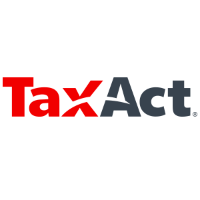
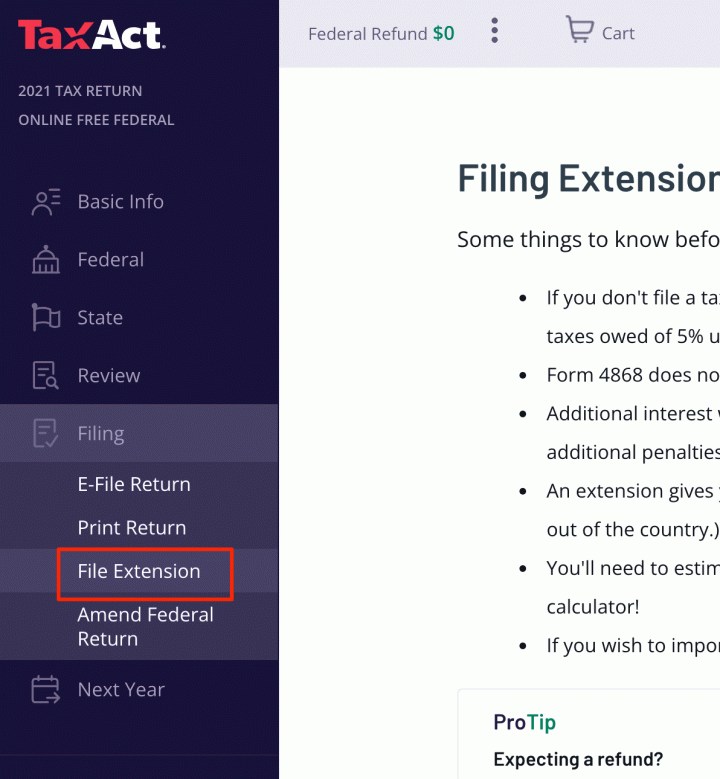
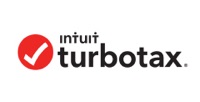
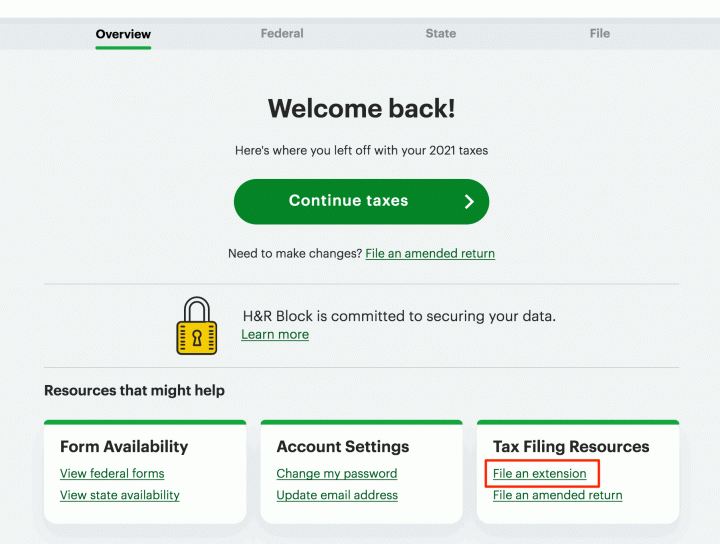
 As the name suggests,
As the name suggests, 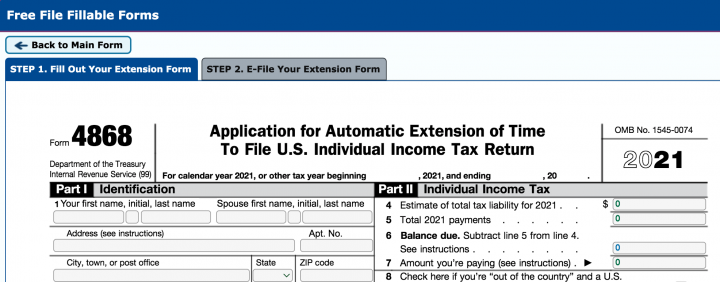

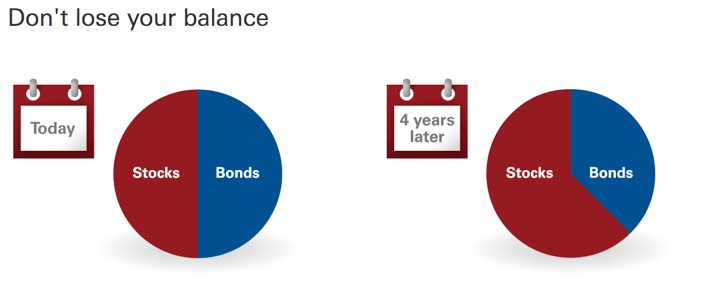
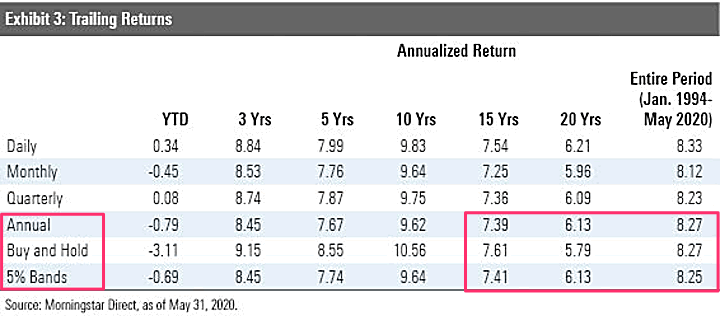
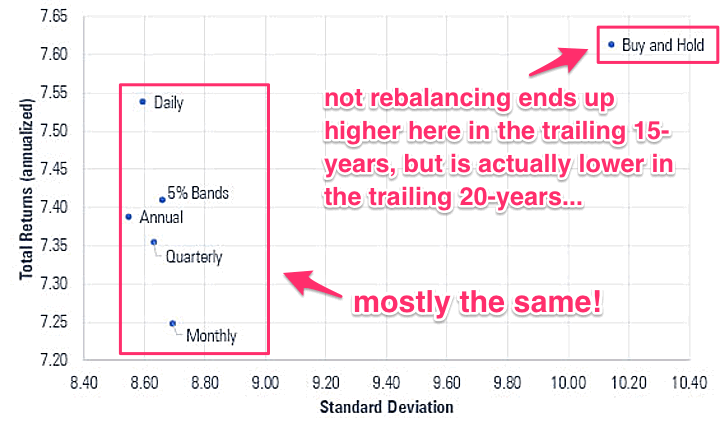
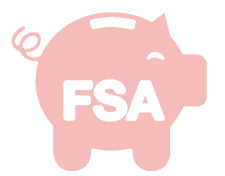 As we head into the last few months of 2021, this is a reminder to check on your Healthcare and Dependent Care Flexible Spending Accounts (FSA). This
As we head into the last few months of 2021, this is a reminder to check on your Healthcare and Dependent Care Flexible Spending Accounts (FSA). This 
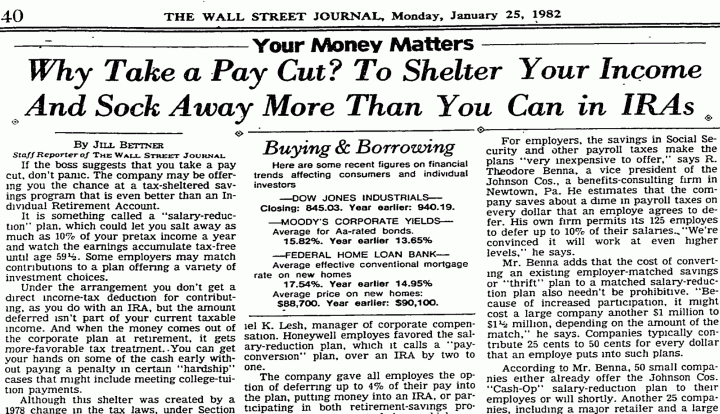
 The
The 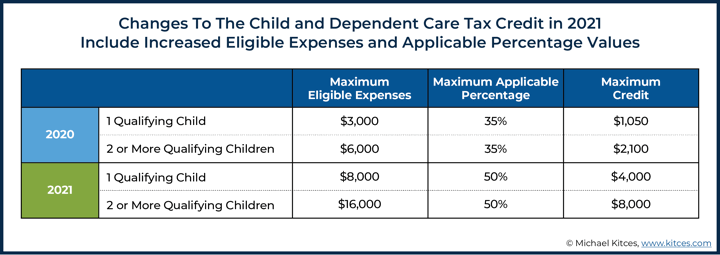
 The Best Credit Card Bonus Offers – 2025
The Best Credit Card Bonus Offers – 2025 Big List of Free Stocks from Brokerage Apps
Big List of Free Stocks from Brokerage Apps Best Interest Rates on Cash - 2025
Best Interest Rates on Cash - 2025 Free Credit Scores x 3 + Free Credit Monitoring
Free Credit Scores x 3 + Free Credit Monitoring Best No Fee 0% APR Balance Transfer Offers
Best No Fee 0% APR Balance Transfer Offers Little-Known Cellular Data Plans That Can Save Big Money
Little-Known Cellular Data Plans That Can Save Big Money How To Haggle Your Cable or Direct TV Bill
How To Haggle Your Cable or Direct TV Bill Big List of Free Consumer Data Reports (Credit, Rent, Work)
Big List of Free Consumer Data Reports (Credit, Rent, Work)